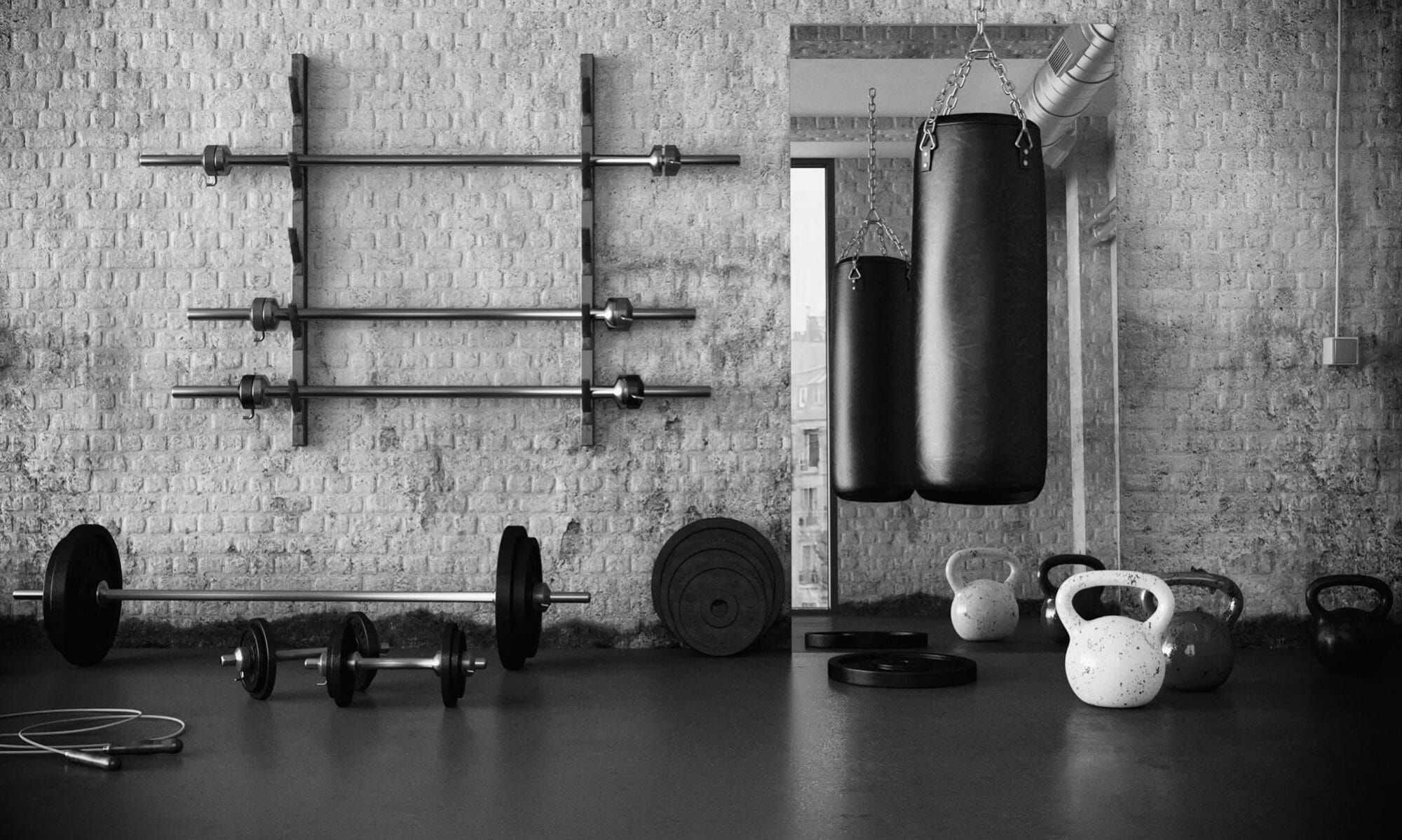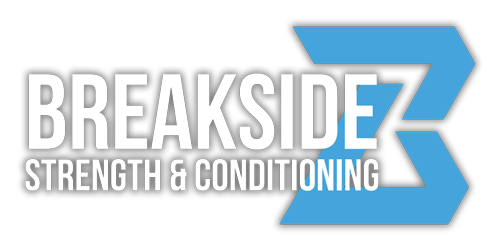
The most common questions we get about nutrition in ultimate revolve around playing the game. What should I eat before I play? Should I carbo-load? How do I recover effectively after a tournament day?
That's all for good reason. Ultimate tournaments are very taxing on the body and require a lot of fuel to maintain a high level of performance throughout a weekend.
But, in many ways, the diet you maintain on a regular basis is even more important. So, today, let's talk about some general nutritional guidelines for the offseason, a time when you may be thinking about body composition changes: putting on muscle, lowering body fat, or simply developing a stronger athletic base.


